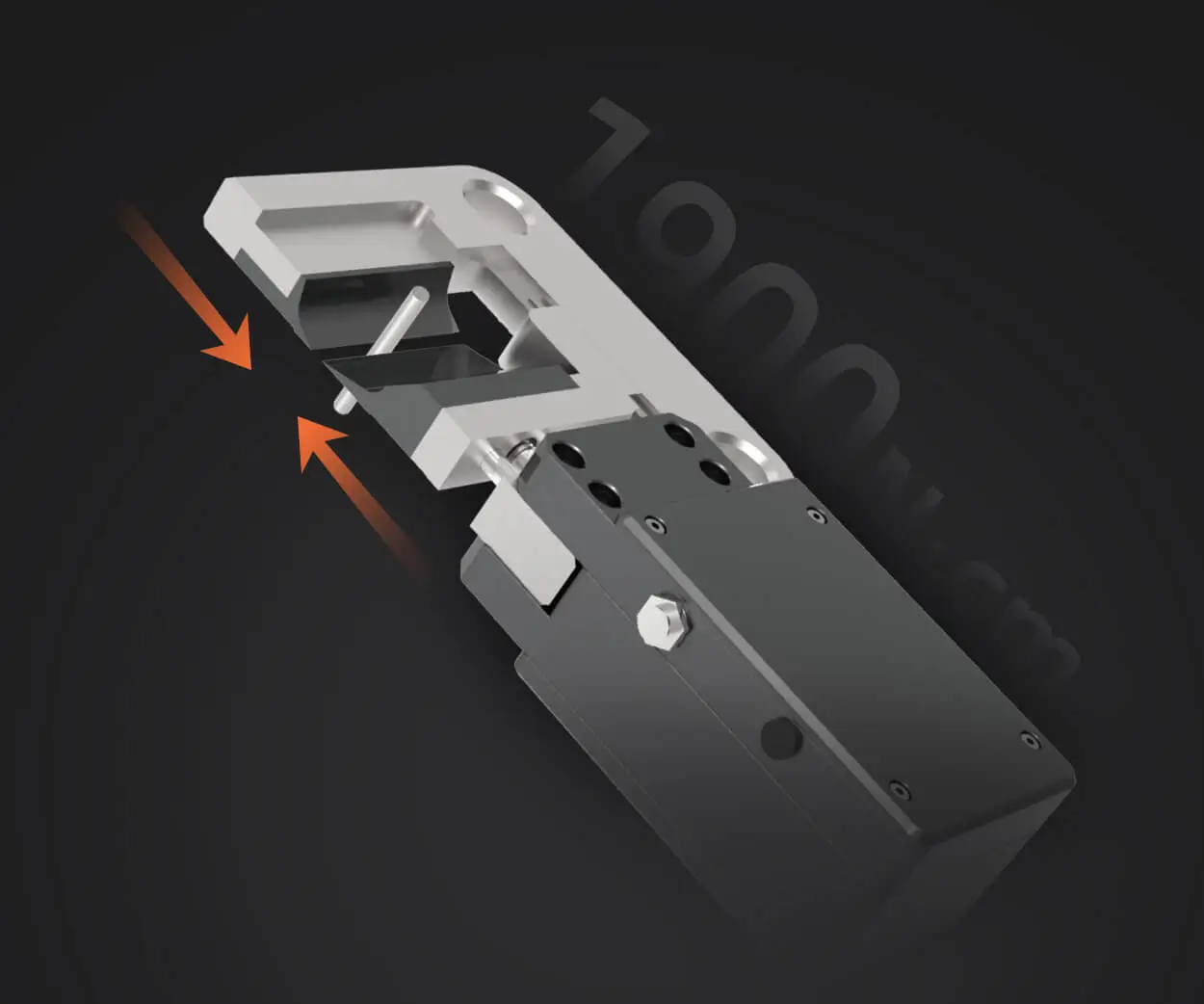In today’s fast-paced digital world, the ability to access your computer remotely isn’t just a luxury—it’s a necessity. Whether you're trying to troubleshoot a technical issue from afar, access files on your home or office PC, or streamline remote collaboration with colleagues, a powerful remote control viewer can be a game-changer. Windows 10, being the popular operating system it is, offers several tools and solutions that enhance remote connectivity, empowering users with flexibility and efficiency.

Why Remote Control Viewer Matters
Imagine being able to walk into your office, even if you’re miles away, and directly operate your work computer. Think about the convenience of troubleshooting a client's machine without physically being there, or simply accessing your photo library on your home PC while traveling. This is precisely where remote control viewers shine—they bridge physical gaps seamlessly.
A good remote control viewer provides a secure, stable, and user-friendly interface that lets you see, control, and interact with another machine as if you were sitting right in front of it. In Windows 10, this capability is built-in to some extent, with options like Remote Desktop, and complemented by third-party tools that expand functionality.
Built-in Windows 10 Remote Desktop
Windows 10 has long supported the Remote Desktop Protocol (RDP), allowing users to connect to other Windows machines over a network. This feature is particularly well-suited for enterprise environments, enabling remote management and support. Setting up Remote Desktop (RDP) involves enabling the feature on the target machine, ensuring network accessibility, and using the Remote Desktop Connection app.
However, RDP isn’t without limitations—it can sometimes be tricky to configure in home networks, especially with routers, firewalls, or dynamic IP addresses. Additionally, Windows 10 Home editions do not support RDP as a host, which could be a stumbling block for casual users.
Third-party Remote Control Viewers for Windows 10
Fortunately, a thriving ecosystem of third-party remote access tools offers more flexibility, ease of use, and richer features. Some of the most popular options include:
TeamViewer: Widely regarded for its simplicity and rich feature set, including file transfer, chat, and session recording. AnyDesk: Known for its lightweight design and fast performance, especially over limited bandwidth. Splashtop: Offers high-quality audio and video streaming, making it ideal for remote multimedia access. Chrome Remote Desktop: A free, browser-based solution that works seamlessly across platforms without requiring installation of heavy software.
Each of these tools has its unique strengths, but they all serve the fundamental purpose of enabling remote control access to Windows 10 computers.
How to Choose the Right Remote Viewer
Selecting the best remote control viewer depends on your specific needs:
Security: Ensure the tool employs strong encryption and security measures to protect your data. Ease of Use: If you’re not technically inclined, opt for user-friendly options like TeamViewer or Chrome Remote Desktop. Performance: For high-demand tasks like remote multimedia editing or gaming, focus on tools known for minimal latency. Platform Compatibility: Confirm that the remote viewer supports your devices—Windows, macOS, Linux, Android, iOS. Cost: Many options offer free versions with limitations; consider your budget and whether premium features are necessary.
Setting Up Remote Control on Windows 10
For those who prefer built-in options, here’s a quick guide to setting up Remote Desktop on Windows 10:
Enable Remote Desktop: Click on the Start menu and go to Settings > System > Remote Desktop. Toggle the switch to “Enable Remote Desktop.” Note the PC name, which you'll need for connection. Allow Remote Connections: Windows may prompt you to allow remote connections; confirm and set network policies accordingly. Firewall Settings: Ensure your firewall is configured to allow Remote Desktop connections. Connect to Your PC: Use another Windows device or the Remote Desktop app on Android/iOS. Enter the PC name or IP address, along with user credentials.
Third-party software setup is usually straightforward:
Download the software. Install and launch. Set up a device ID or account. Share access credentials or links with the person who needs control.
Security Tips for Remote Connectivity
While remote control viewers make access simple, they also pose potential security risks if not used properly. A few tips include:
Use strong, unique passwords. Enable two-factor authentication where available. Periodically review authorized devices and sessions. Keep your software up-to-date to patch vulnerabilities. Use VPNs for added encryption if accessing over public networks.
Real-world Applications
From tech support to personal productivity, remote control Windows 10 viewers serve a multitude of purposes. IT teams leverage them to troubleshoot remotely, while freelancers and remote workers use them to access their home setups. Educational institutions employ remote access to aid distant students; small businesses utilize them for customer support. The flexibility these tools afford is transforming traditional work and support paradigms.
Next week, in part two, we'll delve into some advanced techniques, troubleshooting tips, real-world case studies, and the future outlook of remote control viewers in Windows 10. Whether you're a beginner or a seasoned user, understanding these multi-faceted tools will empower you to navigate remote connectivity with confidence and ease. Stay tuned for a detailed exploration of optimizing your remote control experience!
Kpower has delivered professional drive system solutions to over 500 enterprise clients globally with products covering various fields such as Smart Home Systems, Automatic Electronics, Robotics, Precision Agriculture, Drones, and Industrial Automation.




































